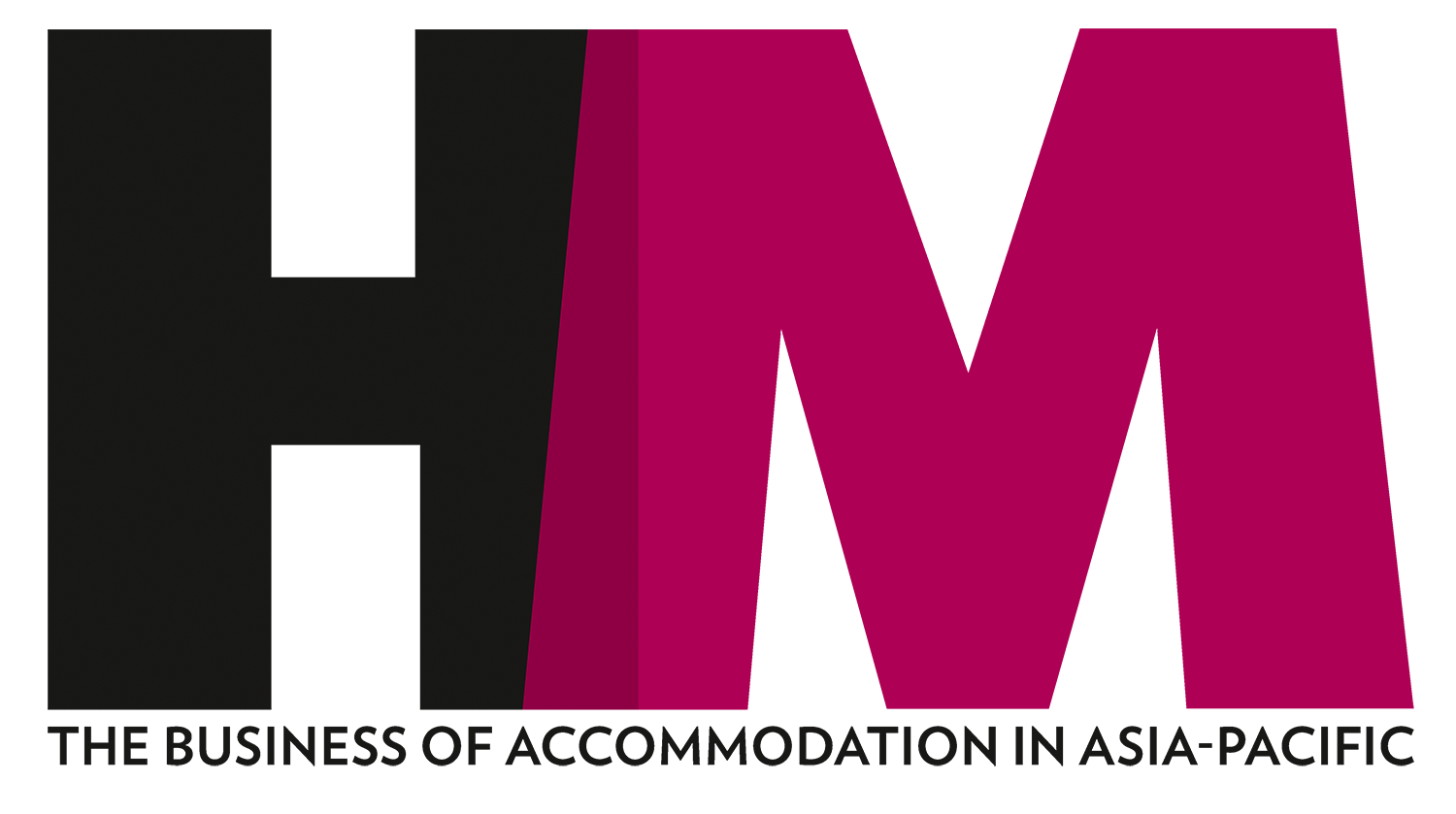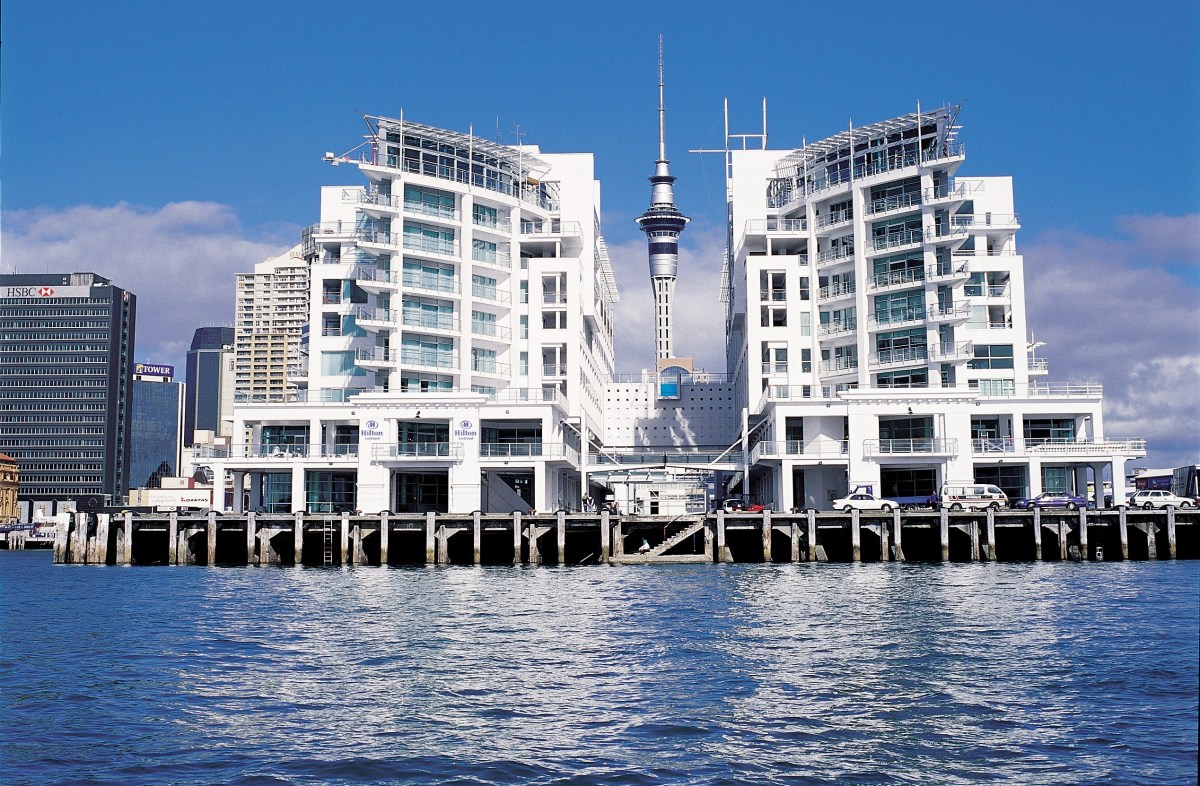
According to hotel consulting firm Horwath HTL, it is a “no brainer” that average room rates in New Zealand hotels will significantly increase in September and October 2011 compared to 2010 and also rise overall for the 2011 calendar year in regions where the Rugby World Cup will be played.
This will have a positive impact on hotel profitability, which has been challenging in 2009 and 2010, Horwath HTL says in its latest HTL Outlook Newsletter.
This unfortunately will exclude Christchurch which recently lost hosting two quarter final games and may lost several pool matches due to the effects of the February 2011 earthquake.
A big long term opportunity for hotels is whether hotel operators, with destination marketing agencies at national and regional levels, can successfully leverage off the Rugby World Cup to attract overseas players, officials, fans and media to return to New Zealand to be tourists beyond 2011.
Another opportunity is to capture the hearts of a decent share of the hundreds of millions of fans watching the Rugby World Cup on television to visit New Zealand. This challenge is faced by all major global sports events and national and / or local governments who often have invested heavily in sporting and visitor infrastructure before the event.
Innovative sales and marketing
To successfully capture the hearts of rugby teams, officials and fans where they play or practise will require innovative sales and marketing at a community level before, during and long after the Rugby World Cup. With most hotels in a staff and operating cost cutting mode in the past 2 years, it is hoped that the “purse strings” will be let open for the period of the Rugby World Cup for increased local sales and marketing by hotel General Managers and tourism marketing managers.
Utility and ownership cost increases
Although average room occupancy for New Zealand Hotel Council (NZHC) hotels dropped only two occupancy points from 72% to 70% over the last five years, average achieved room rate decreased NZD$8 or 6%, and consequently RevPAR dropped $7 or 7%. In this same period, annual CPI inflation averaged 3%, with many utility and ownership costs like rates, insurance and energy increasing well above this level.
Consequently, maintaining hotel margins and profitability has been challenging with operating costs receiving a lot of attention by operators and owners in the last 2 years after the global financial downturn and recession in New Zealand and overseas. On a positive note, leaner operating cost structures, higher staff productivity and more aggressive sales and marketing in many hotels have emerged in an attempt to maintain operating and profit margins and return on investment for owners, providing a strong platform for future profit growth.
With the inflation rate being 4% in 2010 and its outlook around 3% for the next few years, and utilities and insurance to increase above this level, hotels face a strong challenge to increase room rates and maintain costs in the 10 months of 2010 outside of Rugby World Cup and also into 2012.
Hotel market segments
An analysis of room rates by market segment for NZHC member hotels over the past 5 years by Horwath HTL shows how tough the challenge may be to raise room rates. The average room rate for the largest segment – the Free Independent Traveller (FIT) which accounts for about 48% of total room nights sold – dropped $14 or 9% in the last 5 years. The all important corporate market, which comprises 20% of hotel room nights sold, has had its room rate decrease $20 or 12% in the same period.
Strata title hotel and apartment supply
The most fundamental change in the hotel industry in the last 5 years has been the significant increase in new strata title serviced apartments and hotels, which arguably was not justified on the basis of financial viability. Strong funding availability, valuations for developers and public buyers, slick sales and marking including guaranteed returns drove the supply increase and with it inflated market values, broken guarantees, non-settlements, unrealistic commercial area rentals and poor actual returns for individuals based on their original purchase prices.
Of the 5,500 rooms and serviced apartments in NZHC member properties in Auckland in 2010, approximately 1,200 or 22% were apartments. 600 of these opened in the last 5 years, more than new hotel rooms in the same period. In addition, another 600 serviced apartments who are not NZHC members also opened in the last 5 years.
New hotel supply slowing
The current low level of new hotel and serviced apartment development is one of the key drivers which could help a much needed rise in room rates for hotel operators and owners. The only new hotels or serviced apartments under construction are:
-Novotel at Auckland International Airport;
-Formule One near the Auckland domestic airport;
-Sudima near the Auckland international and domestic airports;
-Hilton hotel and serviced apartments at Kawarau Falls Station in Queenstown, planned to open in mid 2011; and
-Distinction hotel in Dunedin.
The relatively low returns from hotels and serviced apartments, lack of developers, tight bank funding for new build hotels and strata title hotel and serviced apartment developments, and continuing investment opportunities in distressed hotels (fall out from the GFC) will keep a lid on new hotel and serviced apartments developments for the next 2- 3 years according to Terry Ngan, director at Horwath HTL Ltd.
Hotel market outlook
Horwath HTL has identified the current low level of new hotel and serviced apartment development as one of the key drivers which could help a much needed rise in room rates and profitability for hotel operators and owners.
In Auckland, the average room rate and RevPAR of NZHC member hotels in 2010 dropped $6 or 4% over the last 5 years. A key issue for Auckland hotels will be the future room rate strategies employed by the 4.5 star 450 room Rendezvous, the largest hotel in Auckland, and the 5 star Pullman Hotel and Residences which has been recently rebranded from the Hyatt Regency.
Horwath HTL sees Queenstown as the most potentially worrying destination due to recent or impending new hotel supply. Hotel occupancy and room rate will be severely tested by the 378 new hotel rooms and apartments to be opened by Hilton in mid 2011 at Kawarau Falls Station on the outskirts of the township. A positive trend has been the high yield strategies employed in 2010 at Queenstown’s 5 star hotels and serviced apartments ie: the Sofitel, M Gallery and The Rees, which are now achieving average room rates at the top of the New Zealand hotel market, and in turn providing increasingly reasonable returns to their strata title owners.
Christchurch faces a long climb to re-establish its tourism infrastructure with major hotels, attractions, shopping and conference facilities in the city’s CBD being severely affected by the recent earthquake.
Wellington faces the prospect of an election year, tightening of government expenditure and a new Rydges hotel, rebranded from the Holiday Inn. The corporate and government markets have become more value for money conscious in the last 2 years both for business travel and conferences.
All of these topics and more will be discussed at the New Zealand Hotel Industry Conference in Auckland on May 12 at the Skycity Auckland Convention Centre. See our separate story on www.hotelmanagement.com.au and also visit www.nzhotelconference.com

